5 Signs Your Attic Isn’t Ventilating Properly
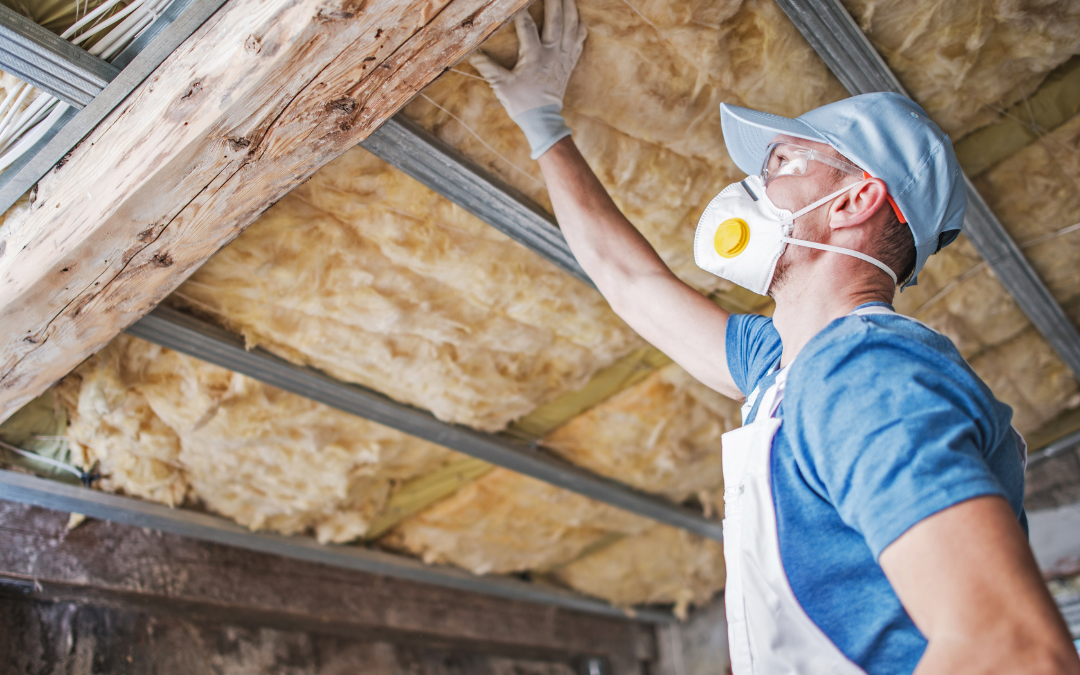
Why Does Poor Attic Ventilation Matter More Than You Think?
Are you a homeowner who rarely thinks about what’s going on up in the attic? You’re not alone. Most people only head up there when they need to dig out old Christmas lights or store away boxes of stuff they haven’t touched in years. It’s just one of those areas we tend to forget about. Out of sight, out of mind, right? But even though it’s not part of your daily routine, your attic quietly plays a big role in how your home feels, how high your energy bills get, and even how long your roof lasts.
Did you know that poor attic ventilation can lead to problems like high indoor temperatures, mold growth, roof damage, and even those dreaded ice dams in the winter? It’s true. When air isn’t moving properly up there, it traps heat and moisture, and that can slowly cause all kinds of issues without you realizing it. On this blog, we’ll go over five signs your attic might not be ventilating the way it should. These are things you can easily spot if you know what to look for. Catching them early can save you a lot of money and stress down the line.

1. It Feels Way Too Hot Upstairs
Have you ever gone upstairs in the middle of the day and felt like you stepped into a different season? It’s cool and comfortable downstairs, but the second you reach the top step, it feels like a sauna. You start wondering if your air conditioner is even working.
That kind of heat isn’t always just the weather doing its thing. A lot of the time, it’s your attic trapping hot air and holding onto it. When the attic doesn’t have enough ventilation, that heat builds up fast. Instead of escaping outside like it should, it gets stuck and seeps right into your upstairs rooms. Your air conditioner keeps running and running, but it can’t keep up because the attic is working against it.
The result? You’re less comfortable, your energy bills keep climbing, and your HVAC system ends up doing way more work than it should. It’s not just uncomfortable. It’s expensive.
Quick tip: On a warm day, go upstairs and touch the ceiling with your hand. If it feels hotter than the walls, it’s a sign your attic isn’t letting that heat out like it’s supposed to.
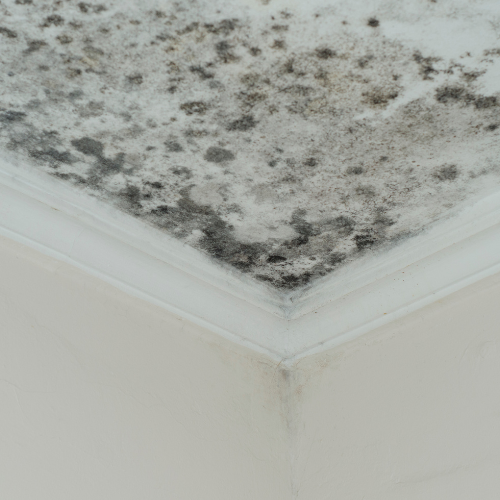
2. There’s a Musty Smell or Signs of Mold
You open the attic door and—boom—that weird, damp smell hits you. You know the one. It’s kind of like an old basement or wet laundry that sat too long. That smell usually means one thing: moisture is building up where it shouldn’t be.
When warm air rises from your home and gets trapped in the attic, it brings moisture with it. If your attic isn’t vented properly, that moisture just hangs around and settles into the wood, insulation, and anything else up there. And when that happens, mold and mildew can start to grow.
This isn’t just a smell problem. Mold can damage your attic’s structure, ruin your insulation, and even make the air in your home feel musty or stale.
Take a peek: Grab a flashlight and head up to the attic. Check the corners, wood beams, and insulation. If you see black or gray spots, or if it smells funky up there, it’s time to fix the airflow and clean things up.
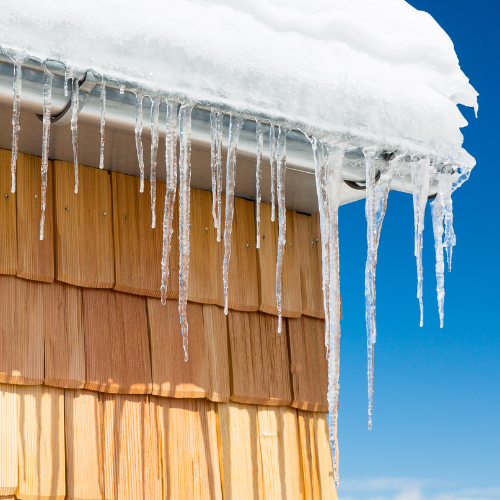
3. You’ve Had Ice Dams in the Winter
During the colder months, have you ever noticed thick icicles hanging from your roof or big chunks of ice near the edge? They might look kind of pretty, but they’re actually a warning sign that something’s wrong.
This usually means your attic is letting warm air build up. That warm air rises and melts the snow sitting on your roof. The melted water flows down to the edge of the roof, where it’s colder, and then freezes again. This creates a thick line of ice that keeps building up—what we call an ice dam.
The real problem starts when the ice gets so heavy and thick that it pushes water underneath your roof shingles. That water can leak into your attic, damage your ceilings, and leave stains or bubbles on your walls. It’s messy, expensive, and totally preventable.
Sign to watch for: If you noticed water spots on your ceiling last winter or saw a lot of ice along your roof edge, it could be a sign your attic needs better ventilation.
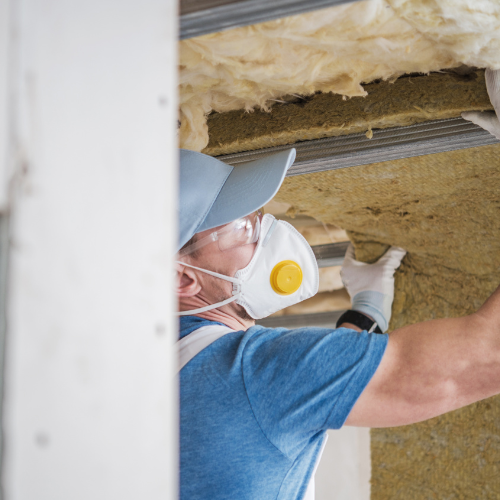
4. The Insulation Feels Damp or Smells Off
Insulation is supposed to help keep your home warm in the winter and cool in the summer. But it can only do that if it’s in good shape. When insulation gets wet, it stops doing its job—and that’s bad news for your comfort and your energy bill.
If your attic isn’t venting moisture properly, that damp air can sink right into your insulation. Wet insulation gets heavy, clumps together, and loses its fluffy texture. It doesn’t hold heat or cool air the way it should, which means your home starts to feel uncomfortable. On top of that, the wet material can grow mold and start to smell like mildew.
What to do: Next time you’re up in the attic, gently press on the insulation. If it feels damp or smells musty, that’s a sign something’s off. You may need to replace it, but the bigger issue is figuring out how moisture is getting in—and fixing the ventilation so it doesn’t come back.
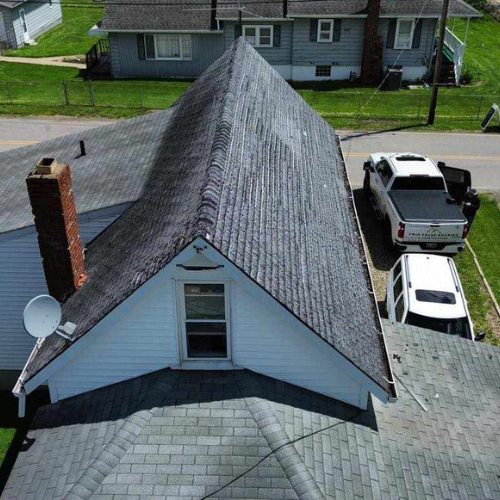
5. Your Roof Looks Like It’s Aging Too Fast
Roofs are supposed to last a long time. They’re built to handle rain, wind, heat, and snow. But if your attic isn’t ventilated properly, your roof could wear out much faster than it should.
Here’s what happens. When hot air and moisture get stuck inside the attic, they rise up and sit right under your roof. Over time, that heat can cause the shingles to curl, crack, or lose their color. The wood underneath can start to warp. You might notice patches that look worn out or uneven. From the outside, the roof just looks old—even if it’s only a few years in.
It’s not always the weather that causes this kind of damage. Sometimes, the problem is coming from inside your home.
Easy check: Go outside and take a good look at your roof. Do you see shingles that are curling up or missing pieces? Does part of the roof look saggy or patchy? If so, your attic might not be letting out enough heat or moisture, and it’s slowly wearing your roof down from underneath.
What Can You Do About It?
The good news is, most attic ventilation problems can be fixed without too much hassle. In many cases, it’s as simple as clearing out blocked vents or adding a few more to help the air flow better. Other times, your home might benefit from installing ridge vents, soffit vents, or even a powered attic fan to keep the air moving. It all depends on how your attic is set up and what kind of airflow it needs. What’s most important is not ignoring the signs. If something feels off, take a closer look or call in a pro to check things out. Catching these problems early can save you from bigger repairs later and help your home feel more comfortable year-round.
Your attic doesn’t need to be complicated, but it does need some attention now and then. It might not be the first thing that comes to mind when you think about home maintenance, but it plays a big role in how comfortable your home feels, how healthy the air is, and how much you end up spending on your energy bills. A well-ventilated attic helps keep your home cooler in the summer, warmer in the winter, and it protects your roof from moisture, mold, and other damage that can build up over time. Taking a little time to check on it every now and then can go a long way. So the next time you’re up there putting away storage or grabbing something off a dusty shelf, take a quick look around. Your attic might be quiet, but if something’s wrong, it always finds a way to let you know. Taking care of it now means fewer problems later and a home that runs better from top to bottom.
Not sure if your attic’s in good shape? We’ve got you covered. Call Twin Peaks Roofing & Construction and we’ll take a quick look, explain what’s going on, and help you fix it the right way.
